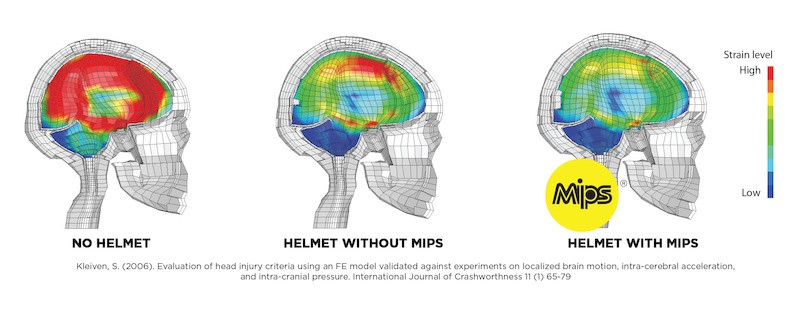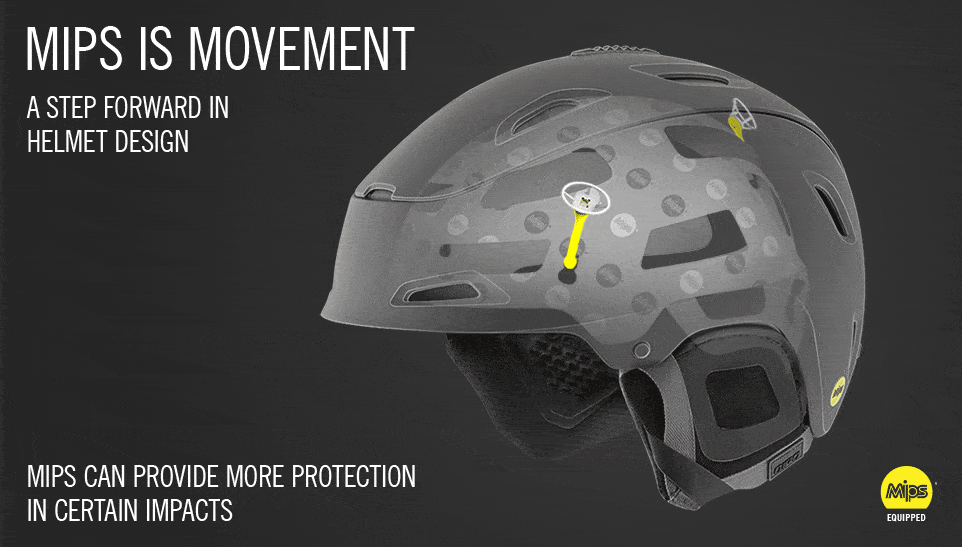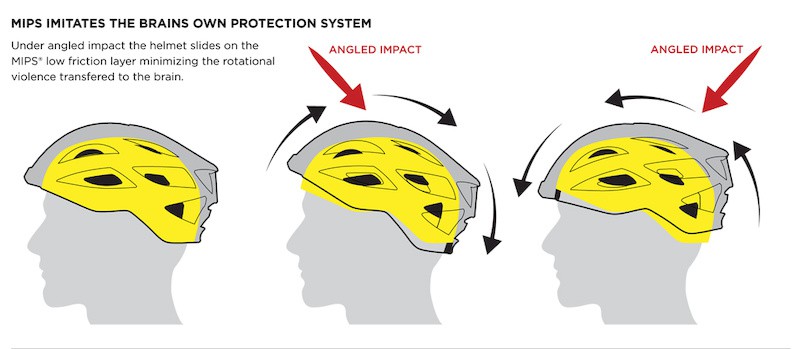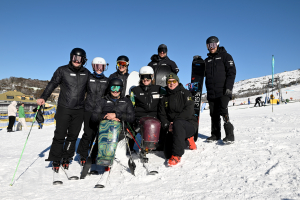A Look Under The Hood – MIPS Helmet Technology – Gear Guide
Mountainwatch | Gear Guide
The 2022 snow season is just around the corner and it’s a good time to check out what’s available for those of you looking to update, or upgrade, your gear. Helmets are integral equipment for any skier or snowboarder and while the fit, colour, weight and comfort are important factors when purchasing a helmet, we reckon safety is the over-riding factor. That’s why, as Matt Wiseman explains, you need a helmet with MIPS technology.
Did you know your brain produces enough electricity to power a small light bulb or that the information it sends travels up to 431 kilometres per hour? Well, it does, and it’s just two of the reasons you should protect it with a brain bucket this season.
I can think of a few instances I’ve been glad to have this particular piece of equipment on my noggin and I’m sure you can too.
Like me, you might have also thought helmet tech reached its pinnacle when they made them compatible with headphones, however, they’re now much more than a piece of hard plastic, and well worth updating if it’s been a few years or you’ve taken a few more falls than you might care to admit.
Introducing the Multi-directional Impact Protection System or MIPS for short. MIPS is a leading technology inside helmets which is designed to reduce rotational forces that can result from certain angled impacts – some of the most common in skiing.


Developed by brain surgeons and medical researchers, it’s best described by way of its biomimicry, with the so-called low friction layer ‘slip plane’ within the helmet, mimicking naturally occurring cerebrospinal fluid that separates the skull from the brain in nature.
A helmet equipped with MIPS is indistinguishable from one that is not from the outside, however inside you will notice a thin yellow liner beneath the padding, that enables the helmet to ‘slip’ 10-15mm in any direction, thus dissipating energy.


MIPS helmets also feel identical to regular helmet constructions with the low friction layer weighing a mere 25 to 45 grams, depending on the helmet model.
Before, you ask why you’ve never heard of the MIPS helmet company, be aware they aren’t a helmet manufacturer at all. Instead, they provide their technology to a great number of ski helmet manufacturers; Smith, Scott, POC, Giro, Anon, Bern, Dynafit, Oakley, Rossignol and Pret to name but a few.
So next time you’re in the market for a new helmet, look for the little yellow MIPS logo and some extra peace of mind.
This article originally featured in Chillfactor Ski Magazine




